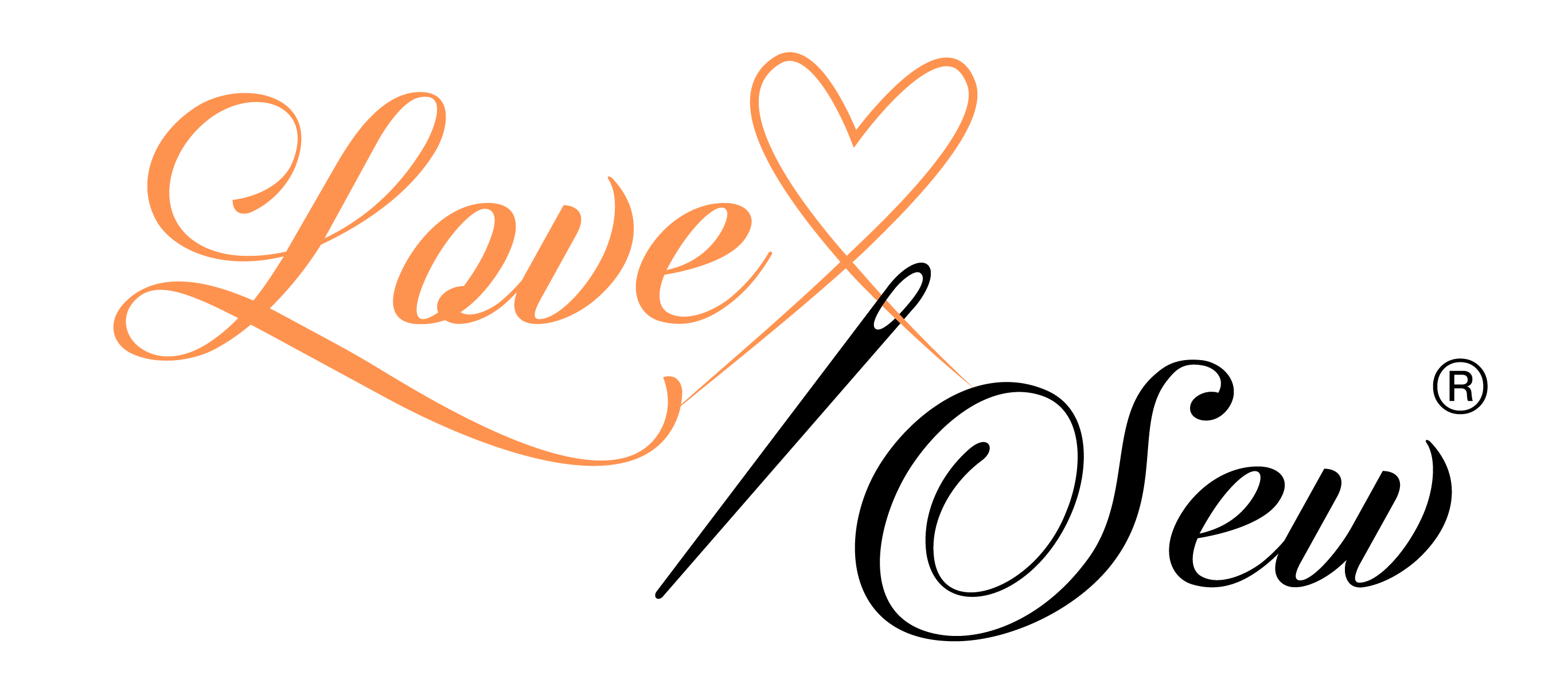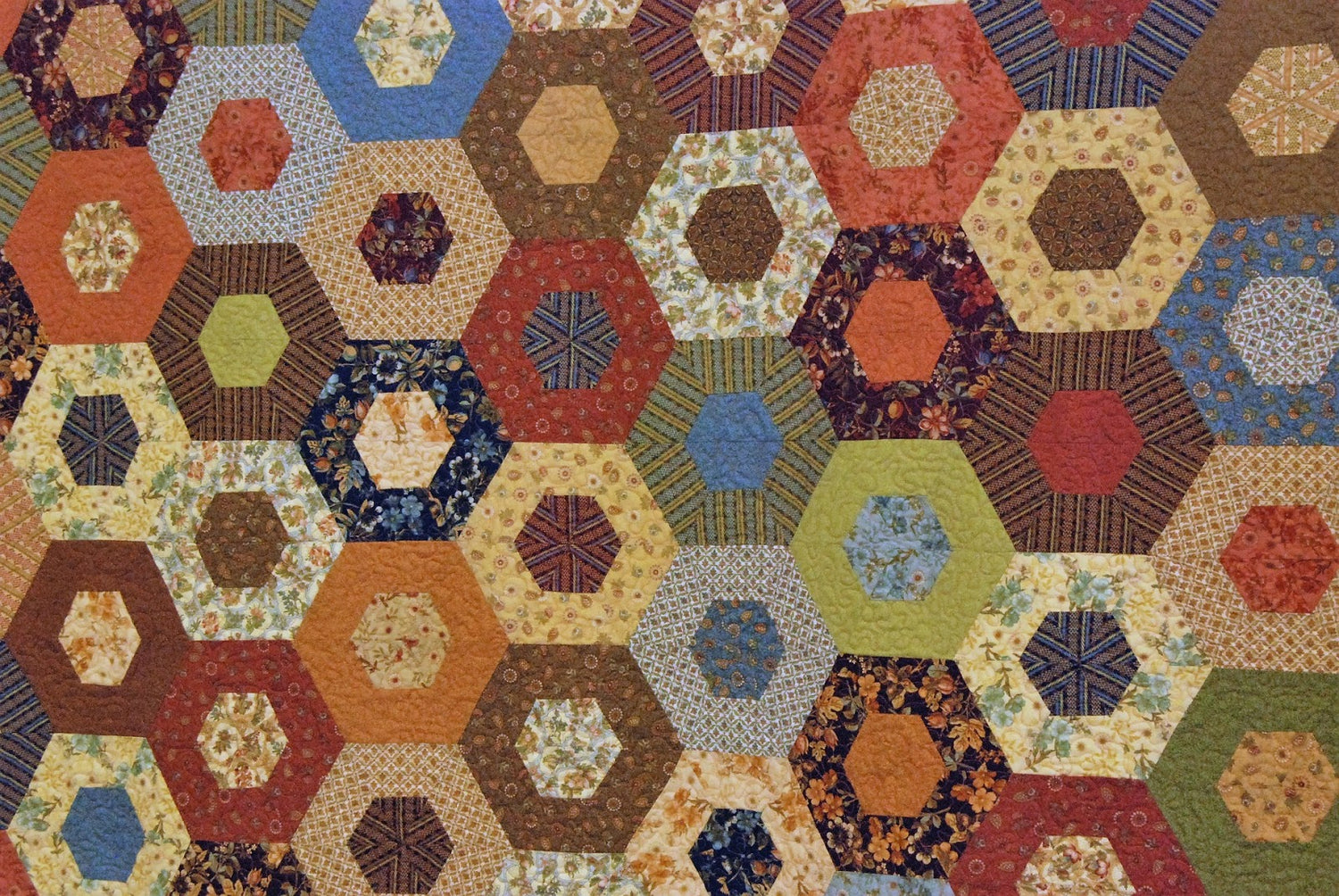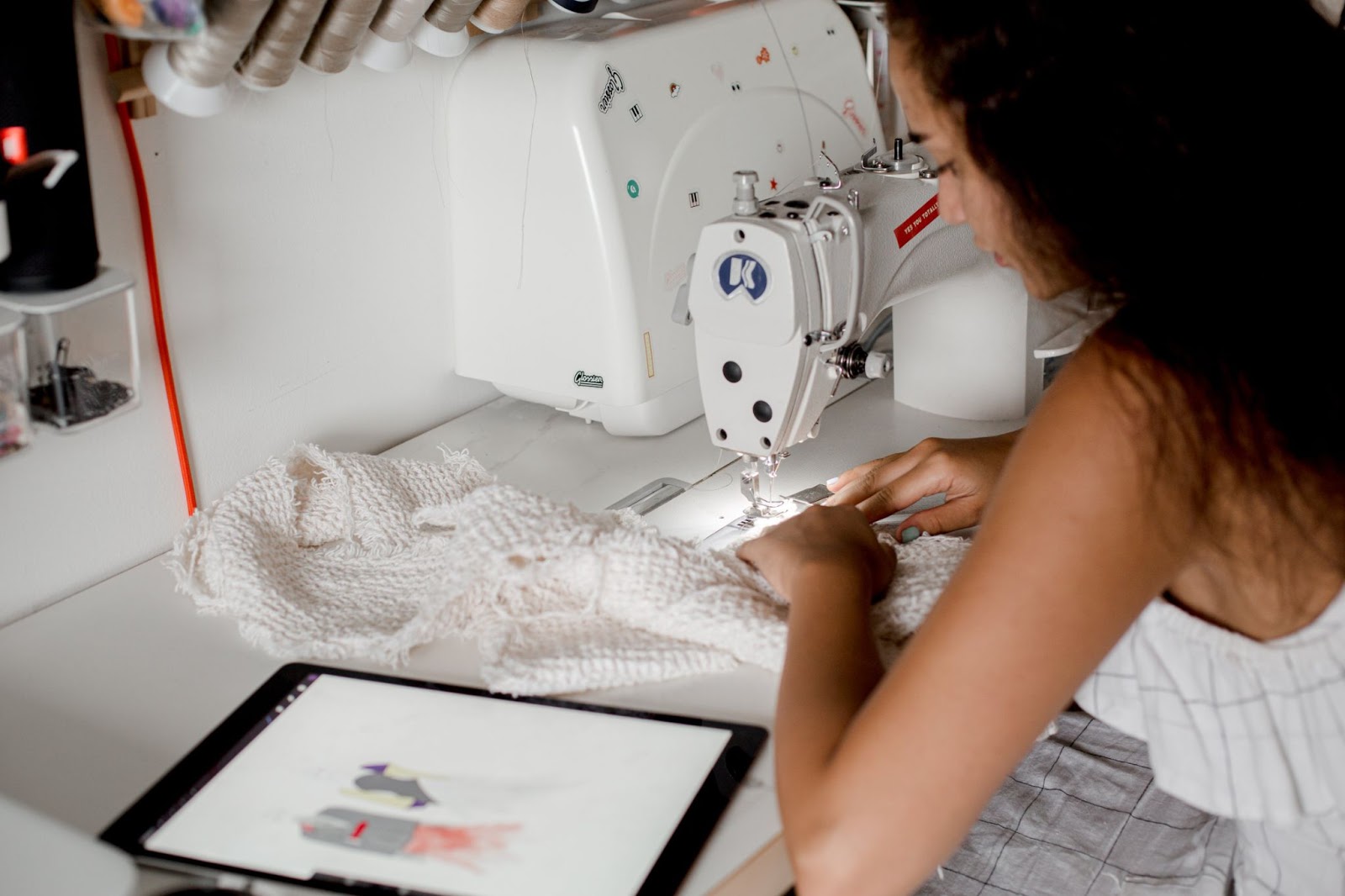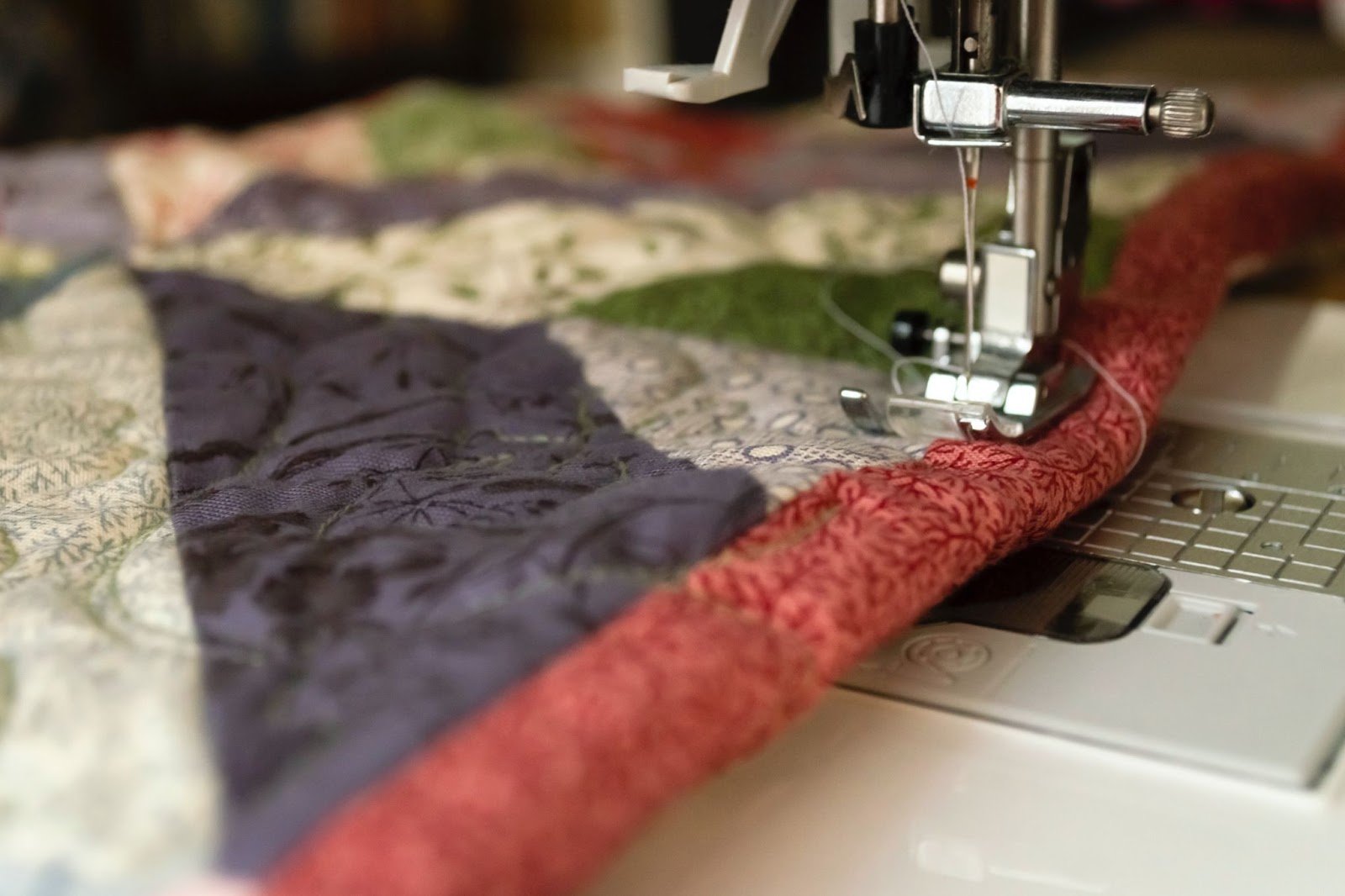Quilting is a wonderful art that can be used to make so many amazing creations. Not only do quilts make a practical, useful gift, they are also works of art. However, if you’ve never quilted before, it can seem intimidating. There are so many steps; where do you begin?
Luckily, quilting isn’t as complex as it seems. If you prepare ahead of time and do your research, making your first quilt should be a fun and relatively stress-free process. All you have to do is remember to take it step-by-step.
Step One: Select a Pattern

Selecting a pattern is probably the most difficult step to making a quilt since there are so many amazing patterns out there. For your first quilt, we definitely recommend starting with a premade pattern. These can be found online or in a craft store, and there are a wide variety of patterns available for free and for purchase. Once you get a little more experienced, you can begin to design your own patterns.
One of the simplest quilts to make as a beginner is a patchwork quilt. This is a quilt made by stitching together equally sized squares of fabric. Patchwork quilts have been around since the early 1800s when settlers moving across the country created them as a way to reuse scraps of fabric. The fabric squares can be one or two different patterns, or each square can be unique, depending on the style you prefer. If you want a really easy project for your first quilt, you can even buy a pack of precut fabric squares. All you have to do is sew them together!
Patchwork quilts don’t have to just be squares, either. You can make a patchwork quilt out of strips, triangles, or any other geometric shape your heart desires, so long as they all fit together in a rectangular shape. Once you’ve mastered the patchwork quilt, you can begin moving into more complex quilt designs.
Step Two: Choose Your Fabric
Fabric selection is incredibly important when quilting. You want to choose a fabric that’s easy enough to work with but will be soft and comforting to the touch. Quilting cotton is the standard choice for a quilting project. It is a nice, woven fabric that keeps its shape well when cut into small pieces and holds up over a long period of time. If you’re planning on making a quilt you’d like to have for a long time, spring for high-quality quilting cotton. It’s so worth it in the long run.
Quilting cotton comes in a variety of different patterns and colors. It can be overwhelming trying to choose fabrics that go well together. We advise that you select a color scheme first, whether it’s monochromatic or multicolored, neutral or vibrant. Then, select a few samples at the fabric store, and put them together to make sure they don’t clash. For your first quilt, we recommend sticking with two to four patterns of fabric so you don’t over-complicate your pattern. Finally, choose a neutral background fabric that looks good with all the other colors and patterns you’ve chosen.
Step Three: Cut Out Your Fabric

Cutting your fabric into shapes is one of the most time-consuming parts of quilting. For your quilt to look professional and polished, all your shapes must be identical. Don’t rush through this step; it’ll be obvious in your final product.
There are a variety of tools that make cutting your fabric much easier. You’ll definitely want to invest in a good quilting ruler set. A standard quilting ruler is a large square, but a quilting ruler set comes with a variety of ruler shapes that will come in handy when cutting and sewing more intricate designs.
The other tools you should invest in as a beginning quilter are a rotary cutter and rotary mat. A rotary cutter is a large circular blade that is attached to a handle, not unlike a pizza cutter. A rotary blade allows you to make long, smooth cuts, without having to pick your blade up. A rotary mat is a large, flat mat designed to create a smooth surface for the blade to glide on. This is important because divots or knicks in a table can cause the rotary blade to skip or jump, which can lead to inconsistent cuts or injury.
It’s important to take your time with the cutting step and ensure all your fabric pieces are even before you start sewing. Even a small inconsistency in the size of your fabric pieces can throw off your entire quilt. Take your time and be patient here.
Step Four: Piece Together the Quilt and Construct the Quilt Blocks
Now, it’s time to actually begin sewing! In general, quilt pieces are sewn right sides together with a ¼ inch seam allowance. This is most easily done by figuring out where the ¼ inch mark is on your sewing machine. You can even mark the spot on your sewing machine with a piece of colored tape to make things easier. This will help you keep your seams consistent, which is very important when sewing your quilt.
Quilt patterns are designed to take into account the ¼ inch seam allowance. It’s important to keep to the same ¼ inch seam allowance when sewing every piece together. If your seam allowance is off, the pieces won’t fit together in the end. Imagine it like a puzzle. If the pieces aren’t exact, they won’t fit together.
For your first patchwork quilt, you’ll just be sewing plain fabric pieces together. Once you get a little more advanced, you’ll be working with quilt blocks, which are more intricately designed fabric pieces with multiple elements to them. You should work on these quilt blocks one at a time before sewing the pieces together.
Construct your quilt according to the directions on the pattern. Each different pattern has a different method to construct quilts and blocks. When in doubt, consult the directions for your pattern, and take it slow.
Step Five: Construct the Quilt Top and Finish Your Quilt

As you begin to stitch the individual pieces of your quilt together, you’ll begin to form what is called a quilt top. The quilt top is the surface of your quilt with the design, and it will serve as the actual top of your quilt. Before you begin sewing your pieces together, it’s a good idea to lay out all your blocks on a large, flat surface to make sure you’re happy with the layout.
Once you’re satisfied with the layout of your quilt, you can stitch all the squares together, remembering to keep the ¼ inch seam allowance consistent. This is easiest done by sewing the pieces together in long strips, then sewing the strips together. Press your seams with an iron, pressing them in one consistent direction, for instance, to the left or to the right. Repeat this process until you’ve formed the entire quilt top.
Now, it’s time to finish your quilt by attaching it to the backing. You can do this by free motion quilting or using a walking foot to quilt in straight lines. To construct your quilt, you’ll make what’s called a quilt sandwich. Lay out your quilt backing on the floor, wrong side up. Using painter’s tape, tape down the sides of the quilt back to the floor. Your quilt back should be at least 10 inches larger than your quilt in all directions.
Fold your batting (we recommend 100% cotton batting) in half, then in half again. Lay the folded batting on the quilt back, then unfold the batting onto a quilt back, working one section at a time. Spray the batting with spray baste. Now, lay your quilt top onto the batting, right side up. Smooth down the top with your hands to ensure there are no bubbles or bumps. Once everything is the way you want it, you can roll your quilt up and take it to the machine.
Now, you can begin the actual quilting process. There are a variety of different ways you can do this, but the easiest is to sew straight lines with a walking foot. Sewing the lines about 1 inch apart should work, but consult the directions of your design.
Step Six: Bind Your Quilt
You’ve reached the final step! Now, it’s time to bind your quilt. This is when you stitch fabric around the edges of your quilt, to firmly attach the backing to the quilt top, and create a smooth edge. There are a variety of ways to do this, but using binding tape is the most common. We have a full, in-depth binding tutorial published to our blog here.
In Conclusion
Quilting is a beautiful art form that allows you to make projects that are both functional and beautiful. Quilting is an in-depth process with multiple steps, and it takes practice to get good at it. However, if you take your time and follow directions, you’ll be quilting like a pro in no time!
For more tutorials and handy sewing tools, visit our website here.
Sources:




Leave a comment
This site is protected by hCaptcha and the hCaptcha Privacy Policy and Terms of Service apply.